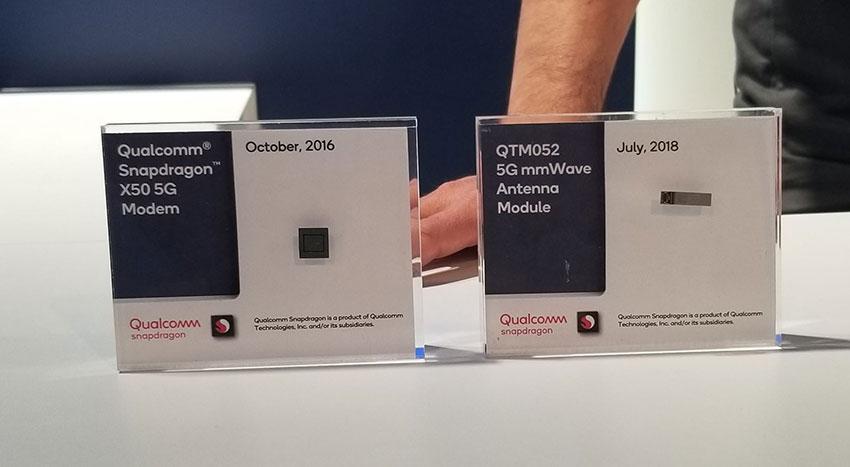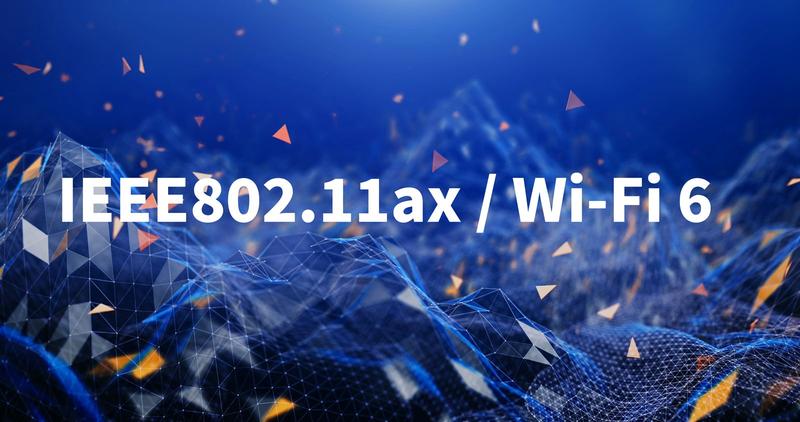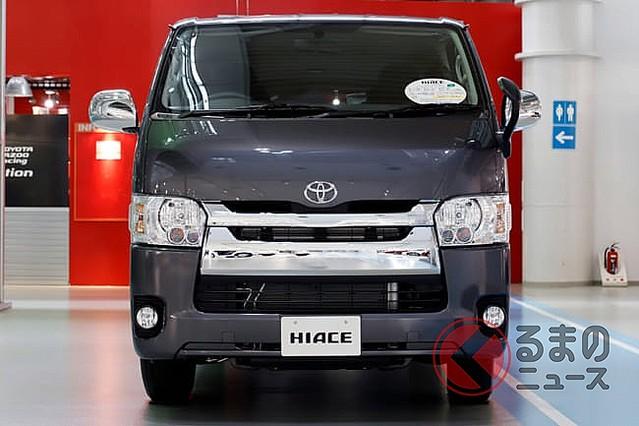Behind the scenes of 5G devices seen at the Qualcomm booth and C-V2X now - CES2019 report ⑨
In the United States, where 5G has already started, several 5G-compatible smartphones will be released this year.
The Qualcomm booth at CES 2019 exhibited a reference model of a 5G compatible smartphone. Qualcomm's latest chipset, announced last month, is the Snapdragon 855, but it only supports LTE.
In other words, 5G communication is not possible just by installing this latest modem. The 5G smartphone reference model is designed to add an X50 5G modem to the Snapdragon 855.
In addition, 5G is supposed to use so-called millimeter waves, whose wavelengths in the high band above 30 GHz are in units of millimeters.
Since how you hold your smartphone and where you use it changes depending on the situation, millimeter wave reception, which has strong straightness and is easily blocked by obstacles, is a major factor that makes smartphones compatible with 5G. It is an issue.
In the reference model, 5G compatibility was realized by embedding four millimeter-wave 5G antennas on each side of the smartphone. By embedding antennas in each side, there is an antenna that can easily receive millimeter waves at any angle, and there is always a place that is not blocked by hands.
At the Qualcomm booth, Wi-Fi routers for Verizon and AT&T and 5G compatible smartphones from OPPO, vivo, and xiaomi are already on display, and about 30 models of 5G smartphones are scheduled to be released in 2019, including these. It is
According to Takayuki Nozaki, senior director of business development and public relations and marketing at Qualcomm Japan, if smartphones can support millimeter waves, ideas and technologies can be applied to any device, so 5G compatible terminals will be rapidly expanded in the future. It is said to go.
In the connected car area, the experimental status of the chipset "9150 C-V2X" dedicated to C-V2X (Cellular Vehicle to X) was released. V2X demonstration experiments were being conducted in Las Vegas in real time, and I was able to see the situation, but in Las Vegas it was only V2I (Vehicle to Infrastructure).

In this driving test, we realized the connection with the traffic light and controlled the car by obtaining data from the traffic light. Similarly, another demonstration experiment was released, but this is being done jointly with ford, audi, and DUCATI.
It is for checking the operation of cars and cars (V2V: Vehicle to Vehicle), cars and motorcycles (V2V), cars and pedestrians (V2P: Vehicle to Pedestrian), safe driving at intersections without traffic lights behavior was confirmed.
In addition, V2P is expected to communicate with smartphones in the future, but in this test, pedestrians manually pressed a switch that turned into a signal with the V2I mechanism.
We were able to confirm that V2X is progressing steadily, such as automatically stopping when a car or motorcycle is detected and displaying an alert when the motorcycle suddenly crosses. Another feature of V2X is that each communication is direct communication at 5.9 GHz determined by 5GAA without going through the network or cloud.
The current demonstration experiment uses LTE, but I'm worried about trying 5G for commercialization.
In addition to these, we are also working on small card-type mobile phones, smart watches, industrial IoT for retailers and restaurants, supporting home IoT, providing chipsets for Windows, etc. response was exhibited.
Communication is indispensable in the IoT era, and its technological evolution is rapid. The trend of Qualcomm, which has advanced technology for power-saving modems suitable for small terminals, will continue to have a strong impact on the spread and expansion of 5G terminals.
CES2019 report
Founder of Future Business Creation Research
In 1997, he worked on probability theory, statistics, and Internet research at the Department of Mathematics, Faculty of Science, Rikkyo University. After developing applications and products aimed at popularizing non-voice communication, he engaged in mobile business consulting.
Joined Dentsu Inc. mid-career in 2009. He regularly conducts independent surveys to explore trends in the mobile phone industry and is engaged in industry and consumer insight development work. Involved in client strategy planning, new business development, consulting work, etc. He is the author of "Smartphone Marketing" (Nihon Keizai Shimbun Publishing).


![[Osaka Marriott Miyako Hotel] Plenty of cheese! Italian buffet held company release | Nikkan Kogyo Shimbun electronic version](https://website-google-hk.oss-cn-hongkong.aliyuncs.com/drawing/article_results_9/2022/3/28/1061eb31530c979d7b766ae1877b113a_0.jpeg)




